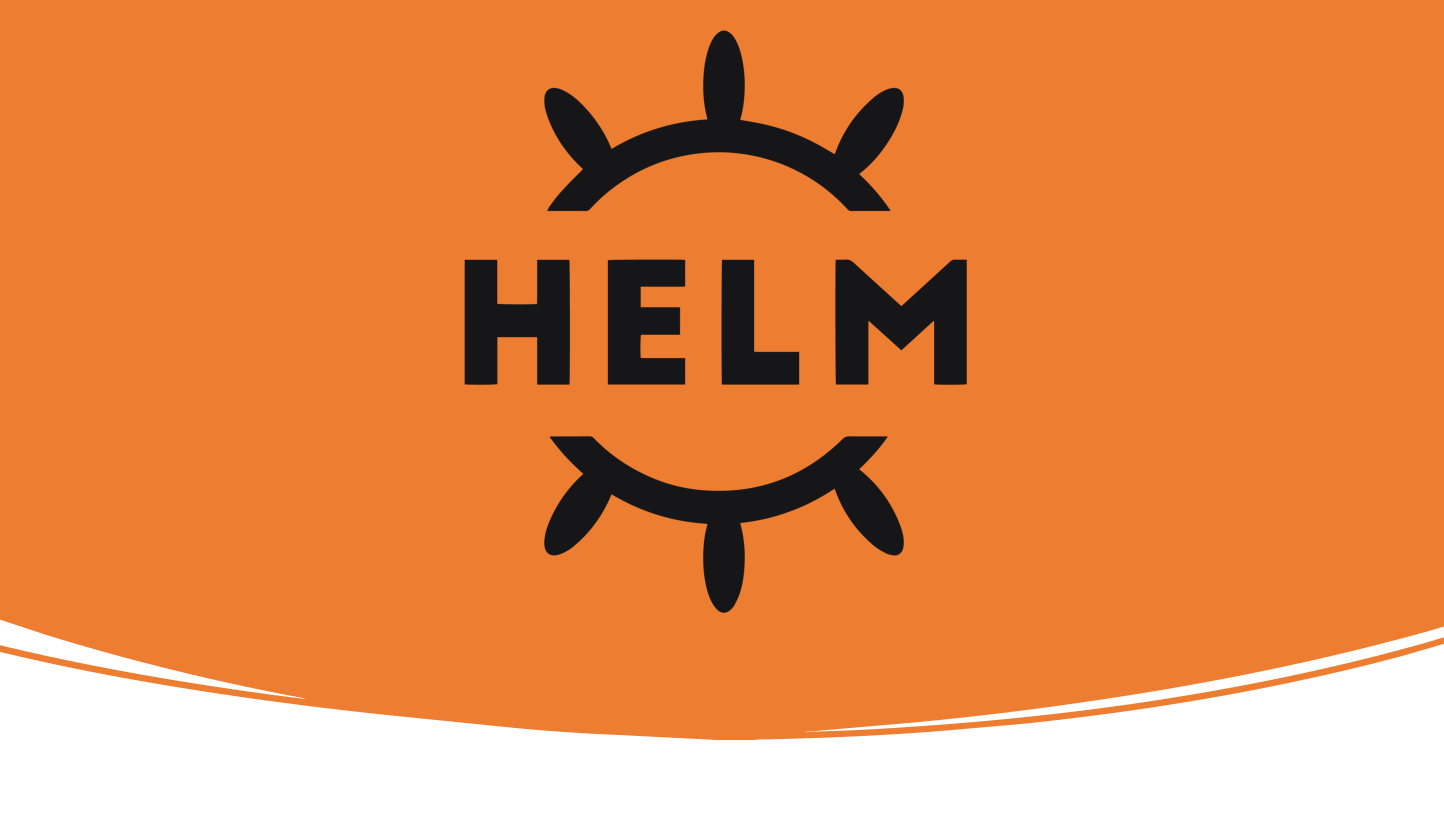What is Helm?
 Kushal Agrawal
Kushal Agrawal
Helm is a popular package manager for Kubernetes, often referred to as the "Kubernetes application manager." It simplifies the deployment, management, and sharing of Kubernetes applications by using pre-configured, reusable application definitions known as Helm Charts.
Key Concepts in Helm:
Charts:
A Helm chart is a collection of files that describe a related set of Kubernetes resources. Think of it as a package of pre-configured Kubernetes objects.
Example: A chart for deploying a web application might include Deployment, Service, and ConfigMap YAML templates.
Releases:
A release is a specific instance of a Helm chart that has been deployed to a Kubernetes cluster.
You can manage multiple releases of the same chart with different configurations.
and many others…

Basic Commands of Helm with Examples
Search for apps:
helm search repo nginxInstall an app:
helm install my-nginx bitnami/nginxWhat is Helm Rollback?
Helm rollback lets you undo a deployment to a previous version if something goes wrong. Think of it as a time machine for your app! 🕒
How It Works: Every time you install or upgrade an app, Helm saves that version as a release revision. If the new version breaks, you can go back to a working one with helm rollback.
Command for Helm Rollback:
helm rollback <release-name> <revision-number>

Why is Helm Necessary? 🚀
Saves Time: Automates the creation of complex Kubernetes manifests. Example: Deploying a database with multiple pods, services, and configs in one command.
Consistency: Reuses tested and reliable templates across teams. Example: Everyone uses the same NGINX Helm chart, ensuring no manual errors.
Simplifies Updates: Upgrading apps is straightforward, and rollbacks are a lifesaver when something goes wrong. Example: One command to revert a faulty update.
Community Support: Access thousands of pre-built charts for popular apps like Prometheus, NGINX, and MySQL.
Why Helm Matters for DevOps It reduces the human error in deployments. Speeds up CI/CD pipelines. Makes collaboration reusable by using configurations. Basically, Helm makes it easier, faster, and less error prone to use Kubernetes!
Subscribe to my newsletter
Read articles from Kushal Agrawal directly inside your inbox. Subscribe to the newsletter, and don't miss out.
Written by

Kushal Agrawal
Kushal Agrawal
An enthusiastic Computer Science student who loves to read to enhance learning, gain a deeper understanding of coding, and work towards becoming a skilled DevOps engineer or a proficient Developer Relations professional. I also enjoy writing blogs to share what I learn and document new insights.